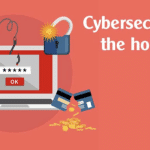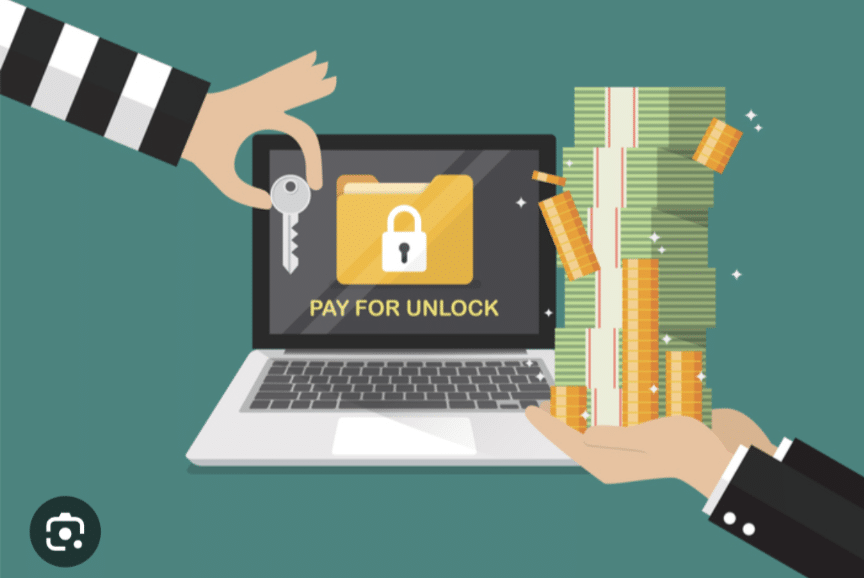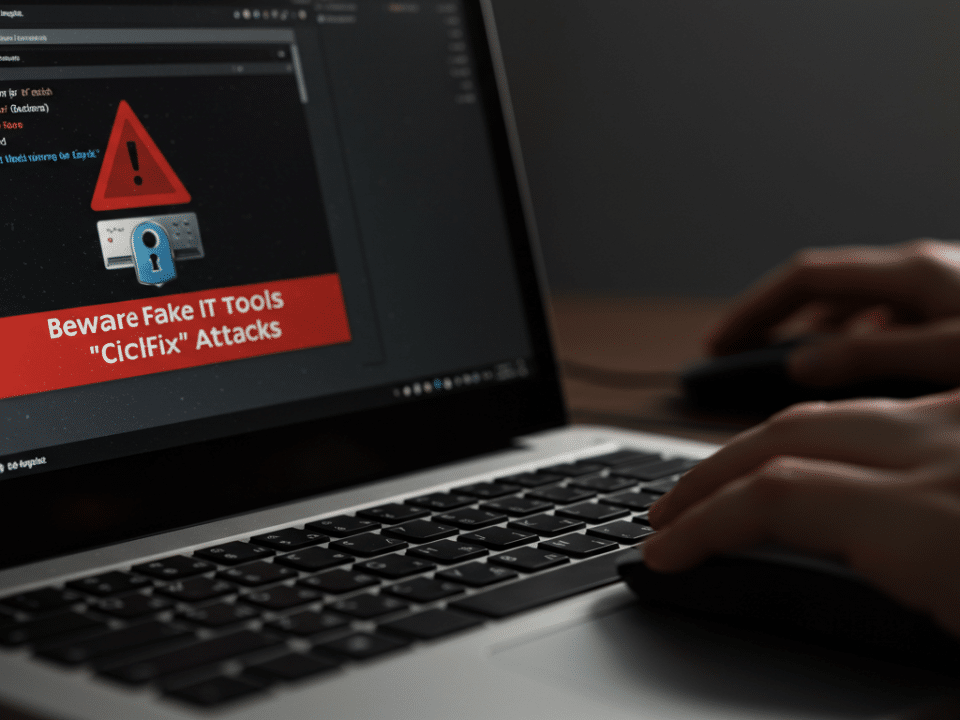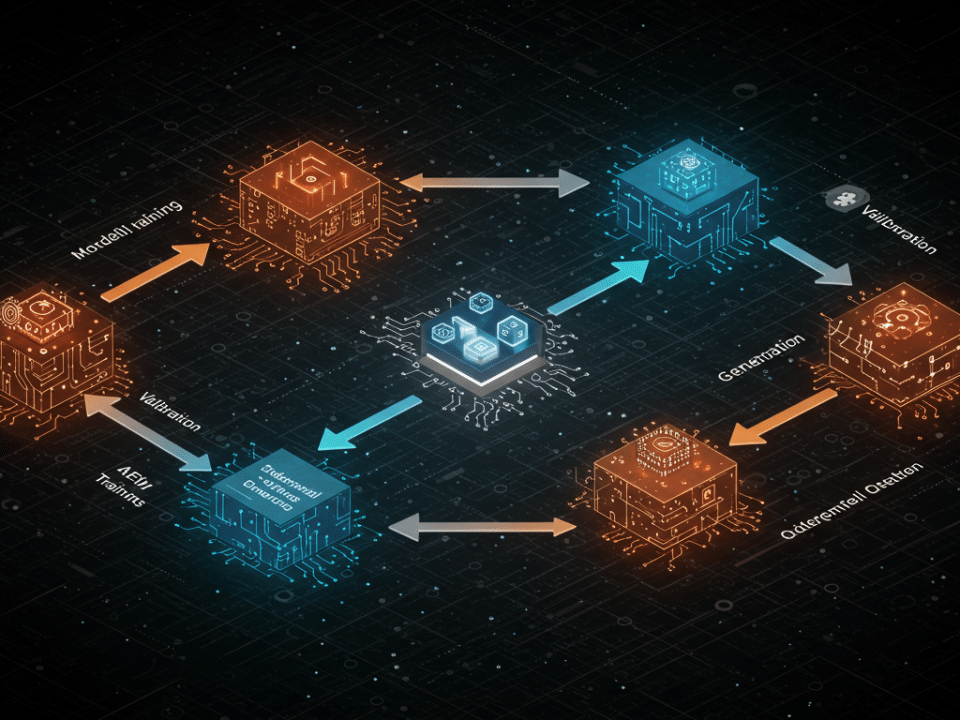
Deck the Halls with Bows (and Firewalls): Your Guide to Cyber Safety This Holiday Season
December 4, 2023
Holiday Cheer or Cyber Fear? Protecting Yourself from Festive Fraudsters
December 7, 2023Fortifying Your Digital Walls: Preventing Common Ransomware Attack Vectors
In today’s digital landscape, the threat of ransomware looms large. This malicious software can encrypt your valuable data, holding it hostage until a hefty ransom is paid. With the average ransom demand exceeding $847,000, the stakes are high.
However, it’s not all doom and gloom. By understanding common ransomware attack vectors and implementing appropriate security measures, you can significantly reduce your risk of becoming a victim.
Top Attack Vectors to Watch Out For:
- Phishing: This age-old trick remains a favorite among cybercriminals. They use cleverly disguised emails, text messages, or even social media posts to lure unsuspecting victims into clicking malicious links or attachments. Once clicked, these links can download ransomware directly to your device or redirect you to a fake website designed to steal your credentials.
- Exploiting vulnerabilities: Hackers are constantly on the lookout for unpatched software vulnerabilities that they can exploit to gain access to your systems. Regularly updating your operating system, applications, and firmware is crucial to closing these security gaps.
- Remote Desktop Protocol (RDP): RDP allows you to access your computer remotely. However, if not properly secured, it can be exploited by attackers to gain unauthorized access to your network. Use strong passwords, enable two-factor authentication, and restrict RDP access only to trusted IP addresses.
- Public-facing applications: Applications like web servers, email servers, and content management systems are often targeted by attackers due to their potential for widespread damage. Keeping them updated, implementing security best practices, and restricting access to authorized users can help mitigate risks.
- Compromised accounts: Weak passwords and poor password hygiene make it easy for attackers to crack your accounts. Implement strong password policies, enforce multi-factor authentication, and educate your employees on cybersecurity best practices.
Building Your Defenses:
Fortunately, there are several steps you can take to protect yourself from these common ransomware attack vectors:
- Security awareness training: Educate your employees on how to identify and avoid phishing scams, suspicious emails, and other social engineering tactics.
- Email security solutions: Implement robust email filtering and anti-malware solutions to detect and block malicious emails before they reach your inbox.
- Endpoint protection: Install endpoint security software on all devices to detect and prevent malware infections.
- Network security: Secure your network with firewalls, intrusion detection/prevention systems (IDS/IPS), and vulnerability scanning tools.
- Data backups: Regularly back up your data to a secure offsite location. This will allow you to recover your data quickly in case of a ransomware attack.
- Patch management: Develop a comprehensive patch management program to ensure that all software vulnerabilities are patched promptly.
- Security policies: Implement clear and concise security policies that outline acceptable behavior and best practices.
- Incident response plan: Develop an incident response plan that outlines the steps to take in case of a ransomware attack
By understanding the common ransomware attack vectors and implementing the recommended security measures, you can significantly reduce your risk of falling victim to this devastating threat. Remember, cybersecurity is an ongoing process, not a one-time fix. Stay vigilant, keep your defenses up to date, and you’ll be well on your way to a safer digital future.
#cybersecurity #ransomware #phishing #vulnerability #RDP #datasecurity #backups #patchmanagement #securityawareness #incidentresponse




